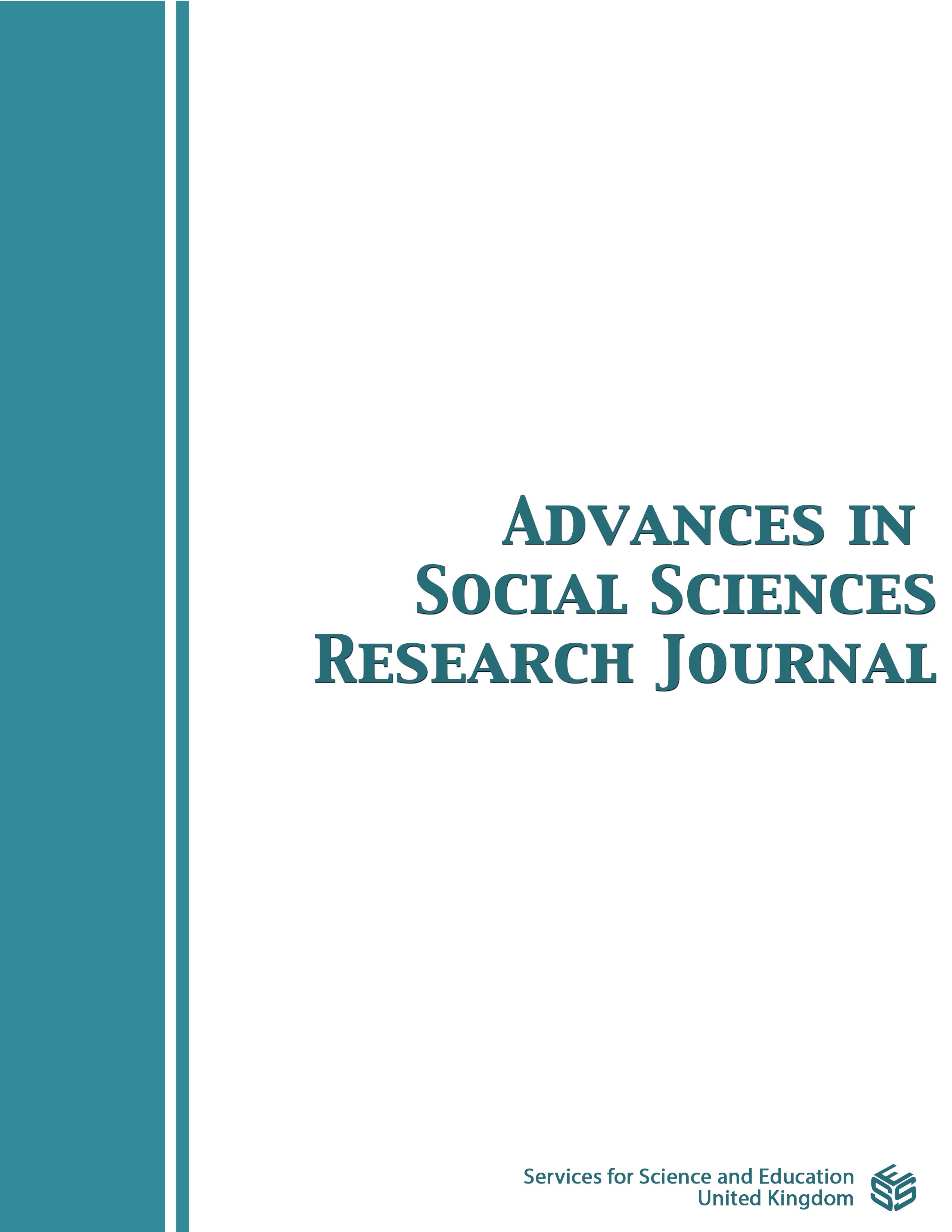Cardiac Self-efficacy, Illness Perception and Health-Related Quality of Life in Patients with Ischemic Cardiomyopathy
DOI:
https://doi.org/10.14738/assrj.118.17455Keywords:
cardiac-self-efficacy, illness perception, quality of life, ischemic cardiopathyAbstract
Introduction: Illness perception and positive illness beliefs are protective factors that enhance the management of cardiac disease and improve HRQOL. The aim was to determine the relationship of cardiac self-efficacy and illness perception with HRQOL in patients with ischemic cardiopathy candidates for coronary artery bypass grafting surgery. Method: Cross-correlational study. 87 hospitalized patients with coronary artery disease requiring coronary revascularization surgery were recruited from a Cardiac Surgery Unit of a Hospital in Mexico City. Results: The study included 79.3% male patients with an average age of 63 years (S.D.=8.6). The correlation coefficient indicated a positive relationship between HRQOL and cardiac self efficacy (p=0.001), and a negative association between HRQOL and illness perception (p=0.001). Multiple regression analysis demonstrated a significant impact of illness perception and cardiac self-efficacy on the variability of HRQOL (p=0.046, β=0.200 and p=0.001, β=-0.412, respectively), regardless of the patient's age, gender, and education. Conclusion: Both cardiac self-efficacy and illness perception were found to be significantly linked to all aspects of health-related quality of life. These factors played a crucial role in explaining the variability of HRQOL regardless of the patient's age, gender, and education level. Patients who feel capable of managing the challenges posed by their illness tend to have a more positive perception of their HRQOL. Conversely, negative beliefs about heart disease were associated with a lower HRQOL.
Downloads
Published
How to Cite
Issue
Section
License
Copyright (c) 2024 Carlos Gonzalo Figueroa López, Azalea Citlali Flores-Bobadilla, Bertha Ramos Del Río, Carlos Riera Kinkel, Rosa Martha Meda Lara

This work is licensed under a Creative Commons Attribution 4.0 International License.
Authors wishing to include figures, tables, or text passages that have already been published elsewhere are required to obtain permission from the copyright owner(s) for both the print and online format and to include evidence that such permission has been granted when submitting their papers. Any material received without such evidence will be assumed to originate from the authors.






